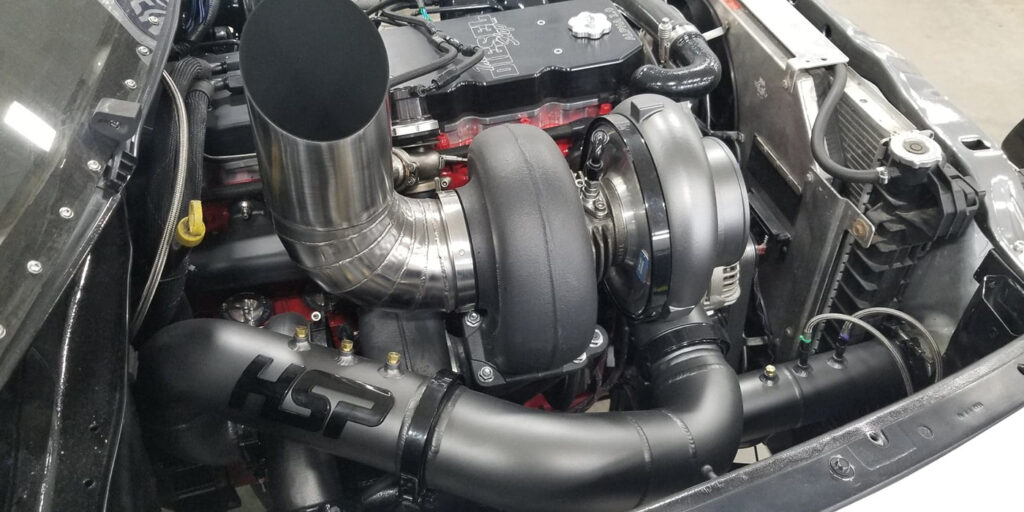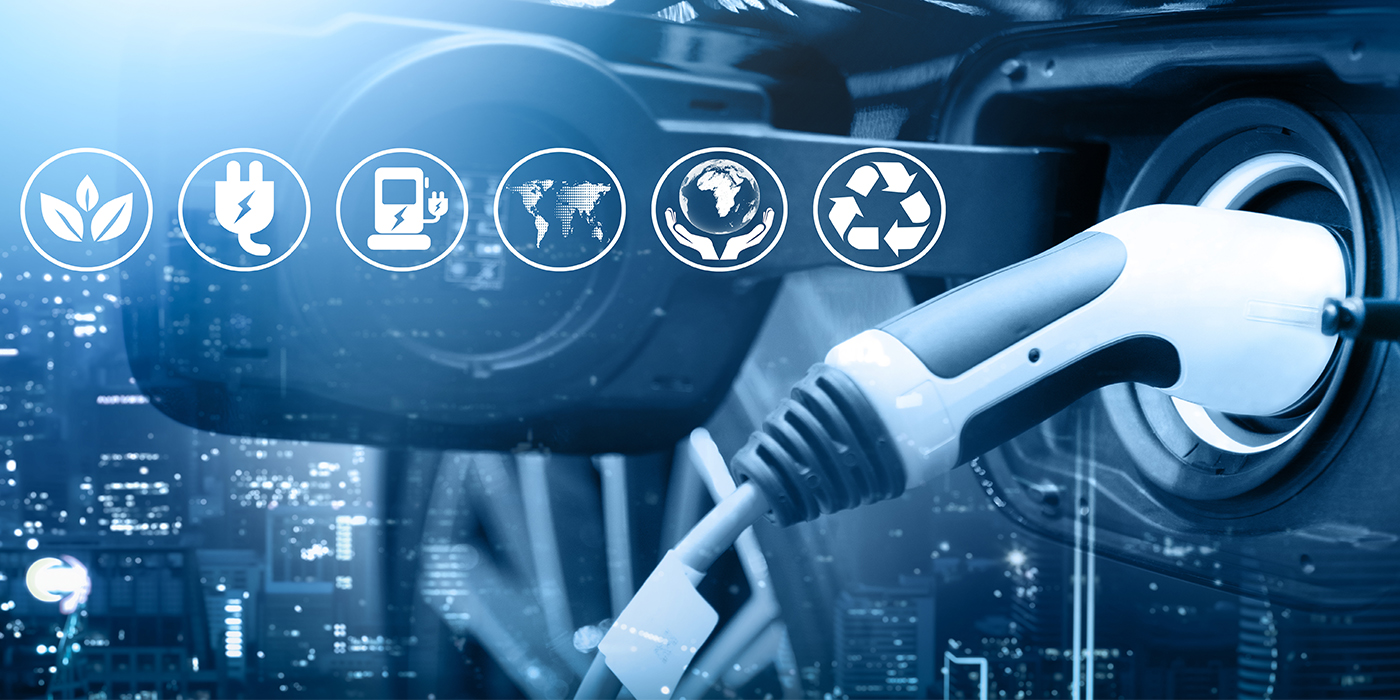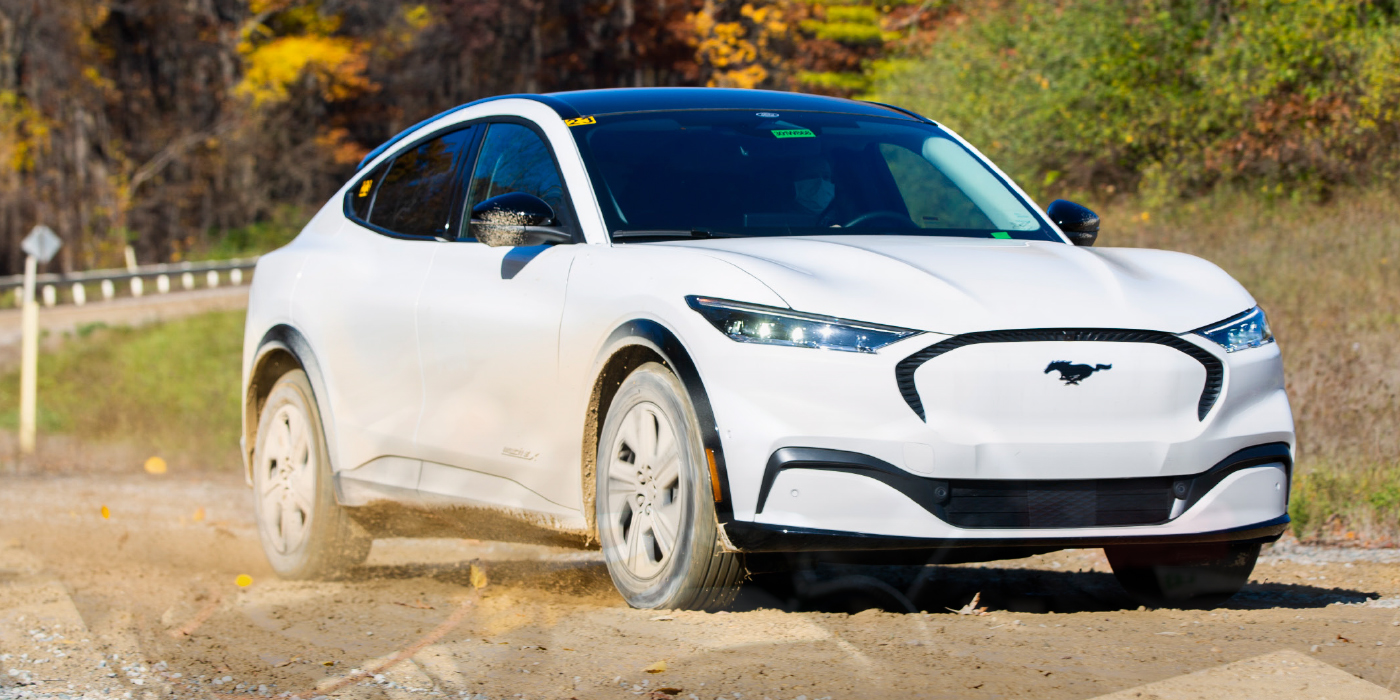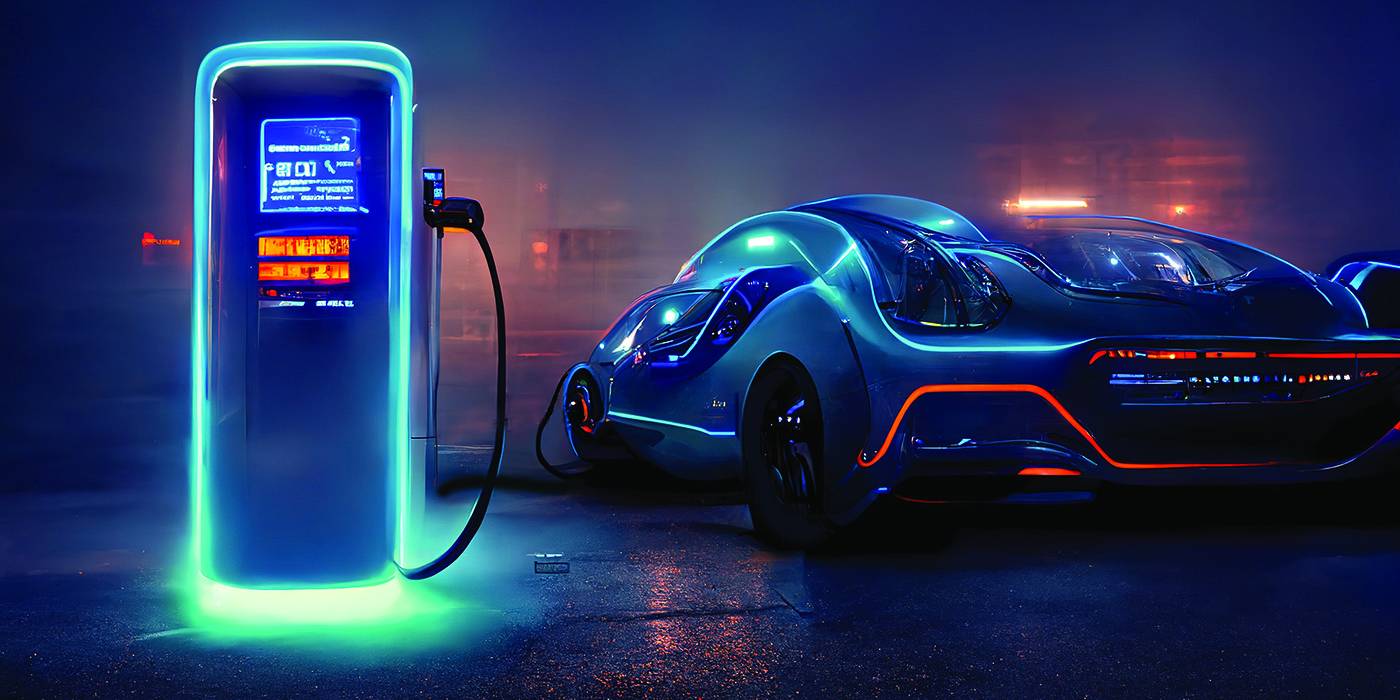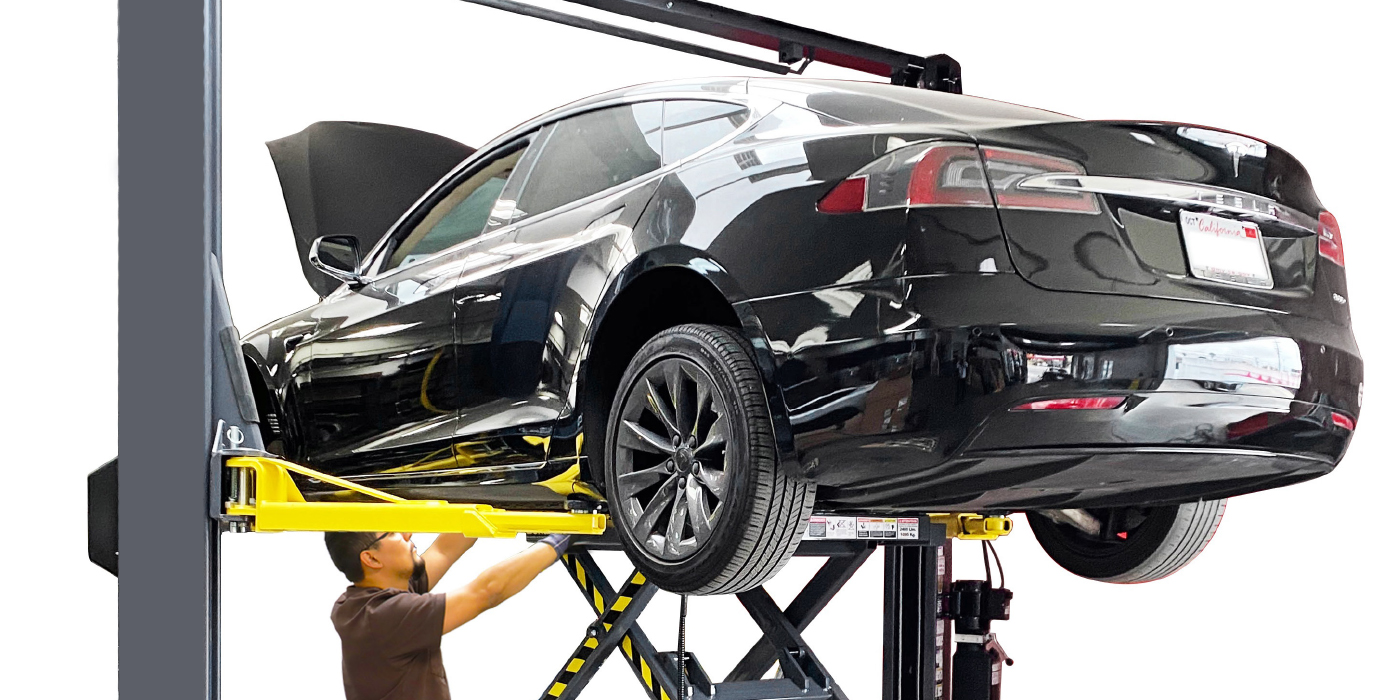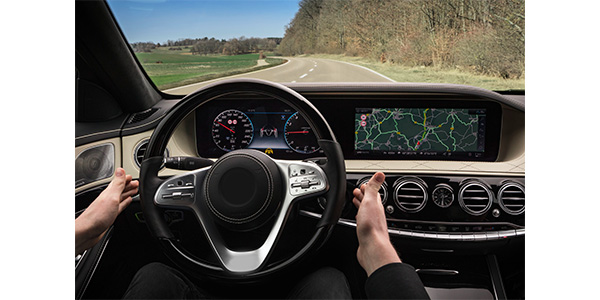
Are you afraid of Advanced Driver Assistance Systems (ADAS)? A hot topic at recent training events and online forums, much of the hysteria regarding ADAS is driven by news stories about new vehicles that are able to drive on freeways on their own, or a horror story about a Tesla crashing into something on the highway. But, the current reality of ADAS at the shop level is quite different.
If your shop is performing visibility, engine, brake, suspension or steering repairs on late-model import nameplate vehicles, you are already able to service and diagnose most ADAS vehicles. All ADAS systems are basically layers of software and sensors on top of current automotive systems.
ADAS systems like lane keep, pre-braking and autonomous driving features will be disabled or shut down if the core visibility, suspension, brakes and steering are not operating as intended.
It could be as simple as a worn wiper blade not being able to clear the water away from the camera behind the windshield during a shower. Or, it could be as complex as a CAN BUS failure that causes modules not to communicate. The point is, your shop is already working on the core systems that control the ADAS system.
ADAS FAQs
1. Can bad wiper blades cause an ADAS system to deactivate?
Yes. For lane departure systems to work, the camera needs a clear view out the windshield. This is why almost every ADAS-equipped vehicle has an automatic or “rain sensing” wiper system. But, if the system detects too much rain or the system is running at the fast speed, the lane departure or adaptive cruise control will shut down. If the wiper blades are worn out and leave streaks, ADAS features will also be disabled under certain conditions and the driver may receive a warning that the camera is blocked.
2. Will ADAS systems need to be calibrated every time the battery is disconnected?
Maybe. When a vehicle loses power for an extended period, it is possible to lose the adaption and calibrations for the ADAS systems; it depends on the make and model. But, this is a problem most shops deal with today when it comes to throttle-by-wire, HVAC doors and steering angle sensors. ADAS will be just another item on the list.
3. Will I have to calibrate the camera or radar system every time the vehicle is aligned or a component is replaced?
No. Calibration of the camera or radar system is required only if the camera’s or radar module’s position is changed. This can include windshield replacement, front-end damage or if a module is replaced. On Mercedes-Benz vehicles, the alignment can be performed without recalibration of the DISTRONIC adaptive cruise control system.
But, on almost every vehicle, calibration of the steering angle sensor (SAS) is mandatory. On some vehicles, it will require a scan tool and/or test drive.
4. Will I still be able to perform brake pad and rotor replacement on ADAS vehicles?
Yes, but…
Brake pad replacement is the second most frequent repair at most import nameplate shops, right behind oil changes. You will still be able to replace brake pads and rotors on vehicles with ADAS systems. But, you need to be aware of some changes.
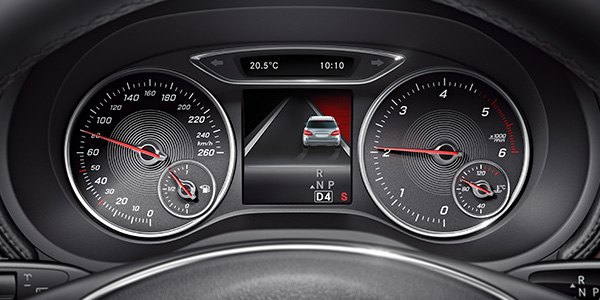
On many vehicles with pre-braking systems, the ABS charges an accumulator when the vehicle is turned on, or the keys are near the vehicle. This pressure allows the pre-braking system to act almost instantly when an emergency event is detected. When the vehicle is parked for a predetermined amount of time, the accumulator is relieved. If this happens during a brake job, you could be injured. For your safety, discharge the accumulator and even move the keys to the front office. If you are unfamiliar with the vehicle, or you see a camera or radar array in the windshield or behind the grille, look at the service information before you remove a caliper.
The good news is that ADAS systems put an increased emphasis on safety and making sure the brake system is operating at optimal conditions. This focus on safety includes brake pads because the ADAS system needs predictable friction levels from the brake pads to produce the intended correction.
5. Will my shop be able to replace steering and suspension components on vehicles with ADAS?
Yes, but…
Even if an ADAS car can steer and brake for pedestrians, it is still going to hit potholes and other imperfections in the road. Even fully autonomous cars will always have a suspension with control arms, ball joints and bushings.
If a suspension component is replaced and it changes the toe, camber or caster, the vehicle will need to have an alignment. For ADAS vehicles, it is critical that the steering angle is reset after the repair.
Many ADAS-equipped vehicles use electric power steering to autonomously steer the vehicle. Electric power steering is nothing new for most shops. But, more modern systems might have their own module that could be mounted on the rack. If this is the case, steering rack replacement might require extra reprogramming and calibration to complete the repair.
ADAS does not have negative service implications. It is an opportunity for shops performing underhood and undercar repairs. ADAS systems need a vehicle’s visibility, electrical/charging, brake, suspension and steering components to be in good-working order to work their magic. So, don’t fear ADAS; embrace it.






